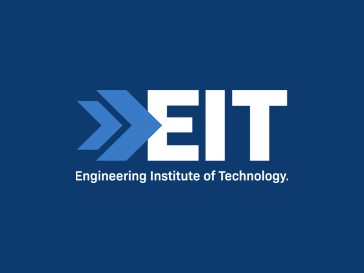Engineers from the University of Utah have recently discovered a revolutionary type of 2D semiconducting material that will open the door for faster smart phones and computers, while consuming significantly less power.
The semiconductor made from tin monoxide (tin and oxygen) is a layer of 2D material and only one atom thick. This allows the conductor to have electrical charges move through it much faster than silicon and other 3D materials that are conventionally used. This material has the potential to be used in transistors, which are the core component to electronic devices such as CPU’s and GPU’s in computers and mobile devices.
This discovery was made by a research team from the University of Utah, led by associate professor of materials science Ashutosh Tiwari. These findings were recently published in a research journal on February 15 2016 entitled Advanced Electronic Materials.
The many benefits of 2D materials are still being researched, as the field has only opened up over the past five years. Researchers in this field have recently discovered new types of 2D material such as disulphide, borophene, graphene, and molybdenun which only allow the movement of negative (N-type) electrons. In order to create an electronic device, you require a semiconductor material that allows the movement of both N-type electrons and positive charges. The tin monoxide material discovered by the team University of Utah is the first stable positive (P-type) 2D semiconductor material in existence.
Now that the Tiwari and his team have both the P-type and N-type 2D semiconductors, they are confident that manufacturing of transistors that are smaller and faster than those used today is achievable. The transistors Tiwari and his team can make with their semiconducting material could lead to computers and smartphones that are more than 100 times faster than regular devices, won’t get as hot as normal computer chips, and require significantly less power.
“The field is very hot right now, and people are very interested in it,” Tiwari says. “So in two or three years we should see at least some prototype device.”
